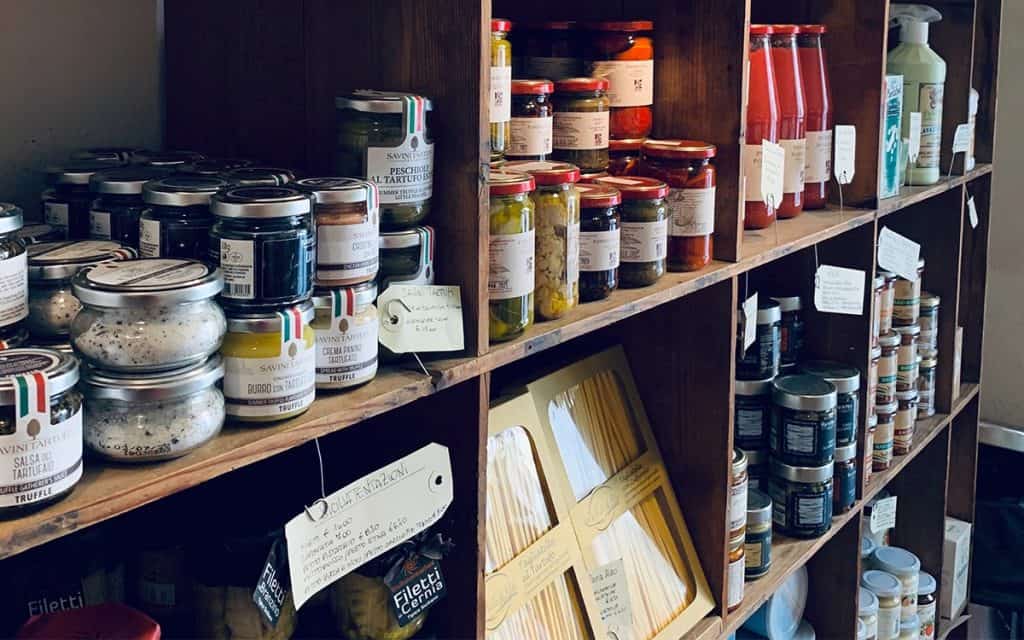Stockpiling food is an integral part of a household’s emergency preparedness plan. But, not all food is suitable for long-term storage, so you should know which food to stock and how long it will last on your shelf.
Food ideal for long-term storage includes grains, beans, canned or dried goods, powdered drinks, and condiments. Remember that the goal of a long-term food storage is to sustain life, so be sure to stock food that can provide the body’s basic caloric and nutritional requirements.
This article will provide a list of food for long-term storage and a guide for estimating the necessary quantity to store to meet the daily caloric requirements for each family member.
Food Ideal for Long-Term Storage
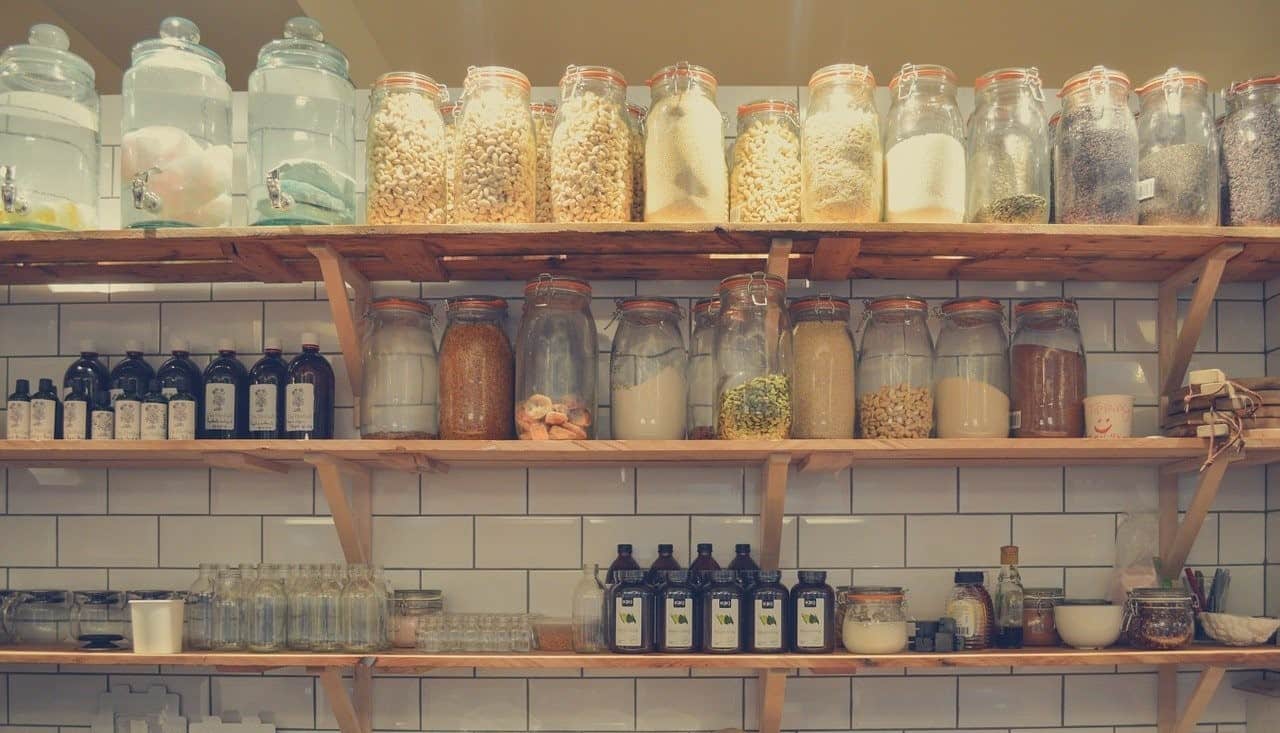
The primary criterion for a food to be considered ideal for long-term storage is its shelf life, followed by its effectiveness in providing the daily basic nutritional and caloric requirements of the body.
White Rice
White rice is cheap and an excellent complement to any dish. It is a great source of calories that fuel the body so it can function properly.
Varieties of white rice such as jasmine and basmati can last for up to 30 years due to their low oil contents. Brown rice, on the other hand, is not ideal for long-term storage. Although it is generally healthier than white rice, it contains a high percentage of oil, causing it to spoil faster.
White rice should be stored in a dry place and with minimal humidity to avoid moisture from diminishing its quality.
Beans
Similar to white rice, properly stored dry beans can last in storage for a long period – around 30 years at maximum. They are also packed with calories, making them a good substitute or complement to rice.
There are many different types of beans available on the market. Popular varieties include black beans, red beans, pinto beans, lima beans, and adzuki beans. They slightly differ in caloric content, and each have a distinct flavor and taste, so be sure to pick the types that your family prefers.
Beans should be stored in air-tight containers for maximum shelf lives. However, the longer they are stored, the harder they get. Hence, you will need more time to prepare and cook older beans.
Grains
Grains is another excellent source of calories. You can get them at a lower price by purchasing in bulk, either from the grocery or your local farmer’s market. There are two types of grain: hard and soft.
Hard grains like millet, hard red wheat, corn, buckwheat, and soft white wheat can be left on the shelf for about 10 to 12 years. To maximize their shelf life, you should store them in an air-tight container and add an oxygen absorber.
Soft grains such as oats, quinoa, barley, grits, and rye last for a shorter period compared with hard grains – they only have a maximum of 8 years shelf life. Similar to hard grains, you should store them in air-tight packaging and add oxygen absorbers to prolong their shelf lives.
Most soft grains, including oats and quinoa, are gluten-free, unlike hard grains. Thus, they are a safe and suitable source of calories for people with gluten allergies.
Canned Goods
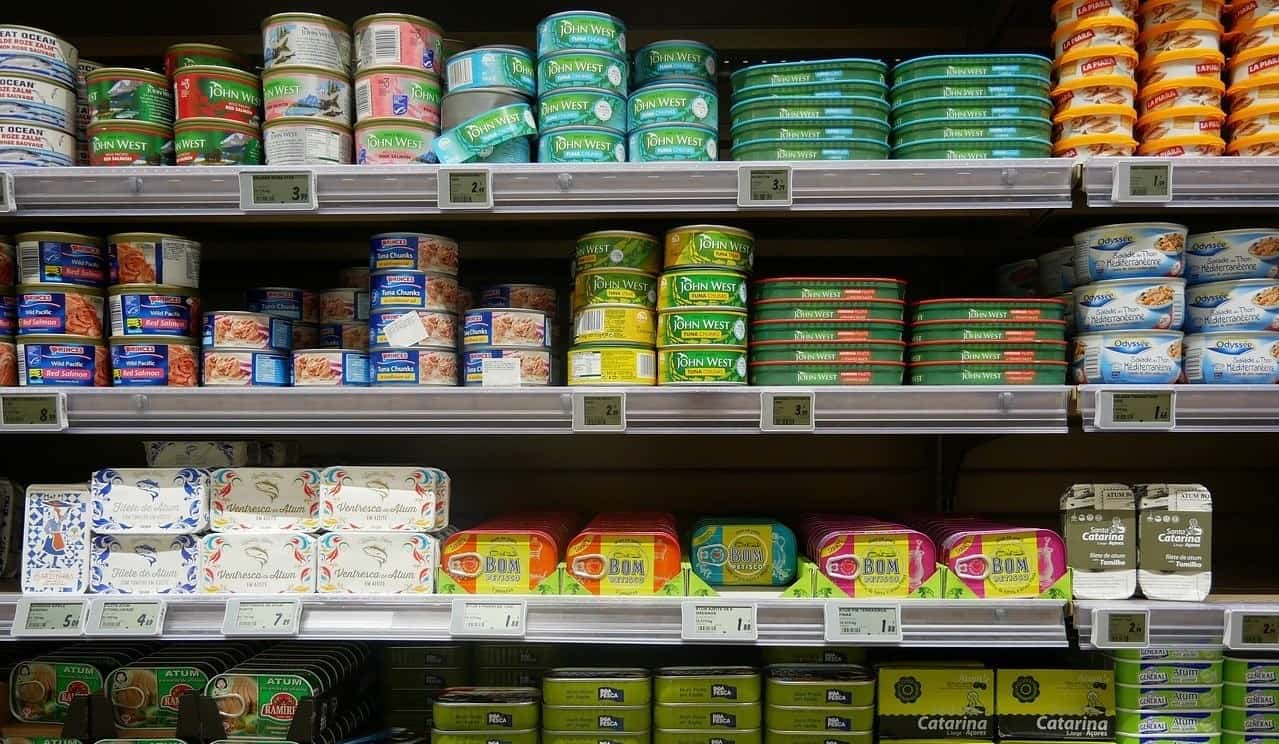
Canned ham, spam, canned tuna, corn beef, and similar canned meats can last 2 to 5 years after their best-by dates. However, their taste, color, and aroma may change past that date, so you are recommended to consume them prior to it. Canned meats are a good source of protein and can add variety to your stockpile; therefore, you should add them to your to-buy-list.
Canned fruits and canned vegetables can last up to six years. Like canned meats, they are also safe to eat beyond their best-by dates, however, they may taste, smell, and look slightly off. They are great sources of nutrients, vitamins and contain decent calories that you will need during an emergency crisis.
Dehydrated Fruits and Vegetables
Dehydrated fruits and vegetables, such as raisins, apples, apricots, and carrots, can be left on your shelf for 10 years or more, depending on the completeness of the dehydrating process. Dried edible seaweed, which is also referred to as a “sea vegetable,” can also last for years when stored properly. The moisture in these types of food is removed to stop them from further ripening, allowing them to last longer.
The nutrients and vitamins in these goods are retained even after the dehydration process. Therefore, they are a great addition to your food storage. You can also add six months to their shelf life by putting them in the freezer.
Dried Meat
Jerky is a classic dried meat product that can last up to 2 years if left unopened. It is packed with proteins and contains a decent amount of calories. It’s available in most groceries, so you shouldn’t have any trouble finding it.
Likewise, Pemmican is an American survival treat made of dried meat and berries, and it can be stored for 1 to 5 years. Similar to beef jerky, it is also rich in protein and calories, therefore an ideal addition to your long-term food storage.
Pasta and Noodles
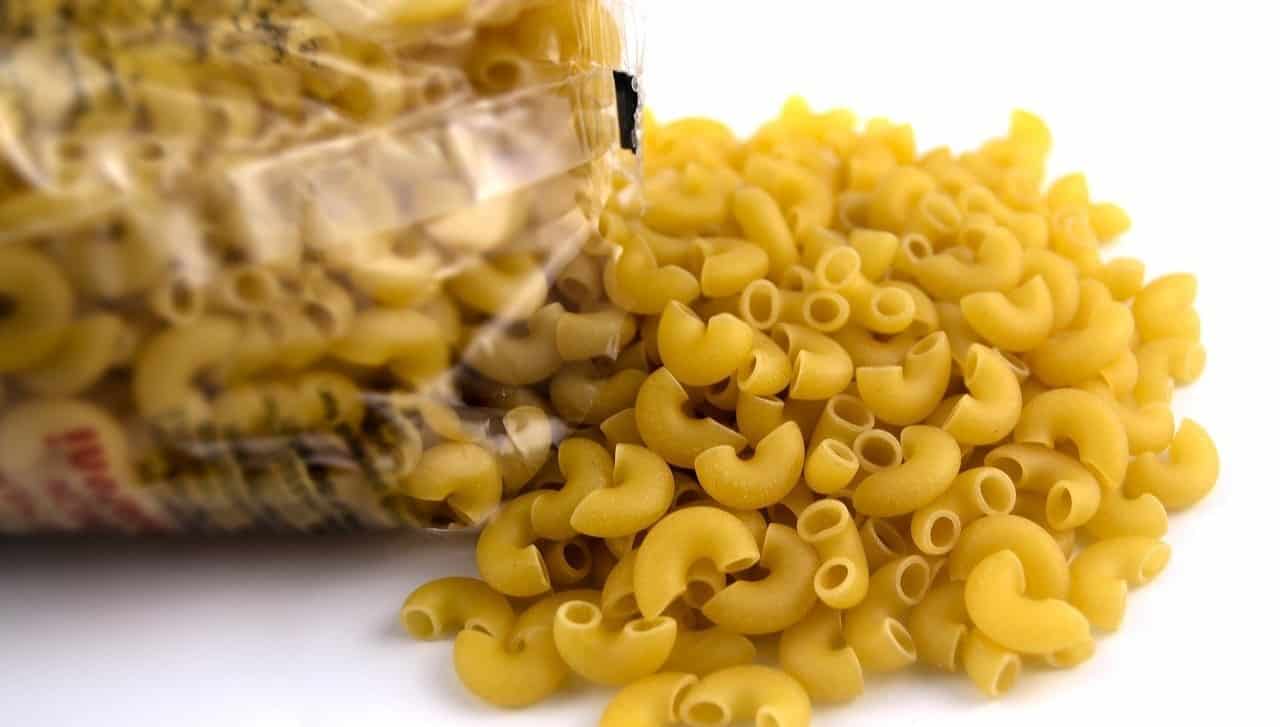
Commercially available pasta can last 2 more years after its best-by date. However, if it is packed with an oxygen absorber and completely free from moisture, it can last even longer.
Ramen noodles aren’t a good source of nutrients; however, they are very cheap, easy to prepare, and can last for up to 1 year, making them ideal for long-term food storage. It is also worth mentioning that expired ramen noodles can be consumed a few months after the indicated expiration date.
Powdered milk
Powdered milk can last up to 20 years if stored in an air-tight container with a moisture absorber, but some brands may not last that long. When it starts to develop a yellow color and a rancid smell, you should stop using it.
Milk is a great source of protein and calcium that are essential for keeping the body strong; therefore, you should consider adding it to your stash.
Salt and Sugar
Salt and sugar last indefinitely, therefore ideal for long-term storage. However, both of them are hygroscopic in nature, meaning they naturally absorb moisture from their surroundings. To maximize their shelf lives, they should be kept in air-tight containers with moisture absorbers.
Liquor
Liquor will never spoil, and it will last indefinitely. It is ideal for long term storage since bacteria cannot deteriorate it due to its high alcohol content. However, to avoid diminishing its quality due to other external factors, you should keep it at room temperature and avoid areas where the temperature fluctuates often and extremely.
Hardtack
Hardtack is a highly dense cracker that consists of flour, water, and some salt. It has been a staple not only in prepper pantries but also in armies, refugee communities, and more. This is because hardtack virtually has no expiry date, giving it the nickname “bread that lasts forever.” You can add herbs and spices to give it flavor. All in all, it is a versatile and long-lasting option you should consider keeping.
Daily Caloric Requirement
To function properly the body needs to get an adequate amount of calories each day. This requirement is important to account for when estimating the quantity of food for your long-term food storage plan.
The daily caloric requirement varies for every person, depending on their level of physical activity, age, and sex. It can be estimated using the Dietary Guidelines published by the U.S. Health and Human Services (HHS).
Below is a generalized chart of the daily caloric requirement per person for each age group and different levels of physical activity:
| Male | |||
| Age Group | Sedentary | Moderately Active | Active |
| 2-13 | 1,450 | 1,700 | 1,900 |
| 14-20 | 2,350 | 2,700 | 3,100 |
| 21-40 | 2,400 | 2,650 | 2,950 |
| 41 and up | 2,100 | 2,350 | 2,650 |
| Female | |||
| Age Group | Sedentary | Moderately Active | Active |
| 2-13 | 1,350 | 1,600 | 1,750 |
| 14-20 | 1,850 | 2,050 | 2,400 |
| 21-40 | 1,850 | 2,050 | 2,300 |
| 41 and up | 1,650 | 1,850 | 2,100 |
A more age-specific version of this chart is presented in the Estimated Calorie Needs table by HHS from which the above chart was derived.
Estimating How Much Food to Store
From the chart presented above, you can now calculate the total daily caloric requirement of your family. This information will help you properly estimate the corresponding amount of food that will at least satisfy the caloric needs of your family for an intended period.
For a regular diet, with no strict diet plans and food allergy considerations, the most efficient calorie sources are grains and beans. Below is a chart that shows the number of calories per pound of the most common beans and grains available on the market:
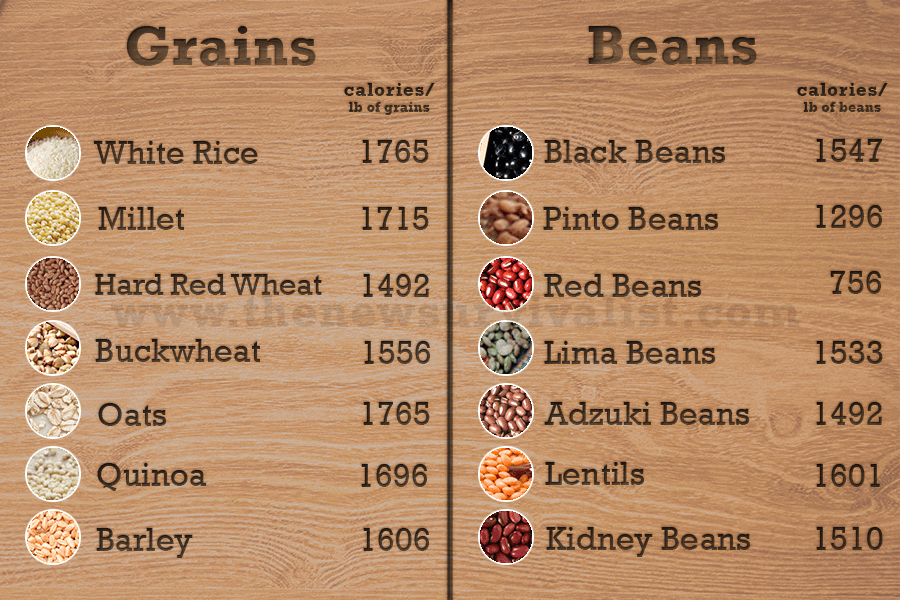
As an example, if a family has three members: a 30-year-old active male (a), a 30-year-old moderately active female (b), and a 12-year-old active male (c). The family’s total daily calorie requirement is the sum of each member’s calorie needs per day based on the above-presented chart. In this case, the total calorie requirement is calculated as follows:
2950 (a) + 2050 (b) + 1900 (c) = 6 900 calories per day × 30 days = 207 000 per month
For a family that needs 207 000 calories per month, a one-year supply chart that would meet the minimum calorie needs looks something like this:
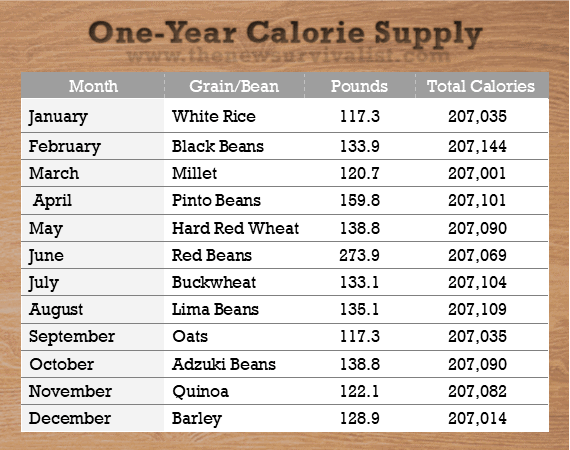
In summary, this particular family of three would need a total of 750lbs of grains and around 842lbs of beans in their food storage to meet their minimum caloric requirement daily for a period of one year.
The table above is just an example, so you can customize it based on your preferences. Similarly, if your family has a different number of members, you can modify the table accordingly.
To compute the quantity of the grains or beans (in lbs) that you need to buy, just divide the total monthly calorie requirement by the calorie per pound of the specific grain or bean.
The flexibility of this guideline is particularly useful for people who have allergies to gluten, which is a common component of most grains. You can limit or completely eliminate the amount of gluten-containing food in your storage by simply buying the right types of grains.
Most hard grains have gluten, so you should avoid them. In contrast, almost all soft grains are gluten-free. The best calorie-rich and gluten-free foods are beans, buckwheat, oats, quinoa, corn, and millet.
A simpler way to estimate the amount of food you need to get for your food stash is by using the Food Storage Calculator by Food Assets. However, this calculator does not allow you to adjust the calculations based on sex, level of physical activity, and age. It also lacks the option to modify the food recommendation based on your preferences, diet plan, and sensitivity to certain food.
Commercial Food Storage Supplies
Commercial food storage kits contain food supplies that can last for a long period. They usually contain canned meats, beans, and grains, and freeze-dried fruits and vegetables. There are advantages to buying and using them, but there are also a few drawbacks.
Food kits are ideal if you do not have the luxury of time to prepare a long-term food storage on your own. They are available in different sizes, which are intended for different storage periods and different numbers of people. Therefore, when buying, you should always check the amount of calories each container can provide.
One disadvantage of food kits is their cost. It is more expensive to buy these food kits than just buying food that can offer an equal amount of calories that these kits contain. Another disadvantage of these kits is their fixed contents. You cannot customize them based on your preferences. However, there are variations that can accommodate people with gluten or dairy allergies.
Other Essential Nutrients
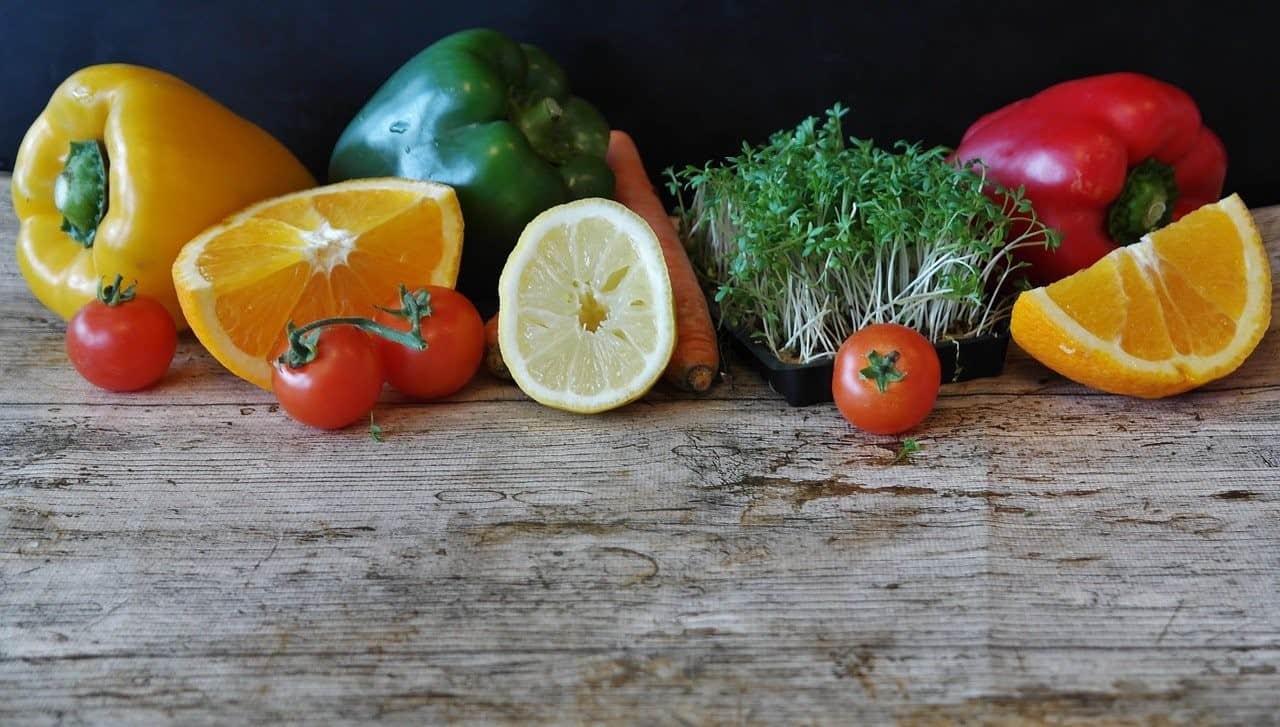
Aside from calories, the body also needs a variety of vitamins and minerals to stay healthy and function properly. Grains and beans on their own contain most of these vitamins and minerals; however, adding other food such as dehydrated fruits and vegetables will guarantee a holistic nutrient profile.
Food diversity is essential to avoid mineral and vitamin deficiencies. Grains and beans can supply the body with almost all essential vitamins, except for vitamin C and beta-carotene (vitamin A), this is why most food storage plans include supplements and vitamins.
Another option is growing fresh vegetables and fruit in your own back garden, vegetables such as carrots are not difficult to grow and are an excellent source of vitamins A and C. Moreover, you can prolong the shelf-life of certain produce by freezing their extracts, such as orange juice.
Final Thoughts
- When buying food for long-term storage consider its shelf life and caloric value.
- Ensure to take your time when estimating the necessary quantity to store to meet the daily caloric requirements for each family member.
- Two additional things you should have in your pantry, that most forget, are multi-vitamins (containing A, C, D) and salt.

